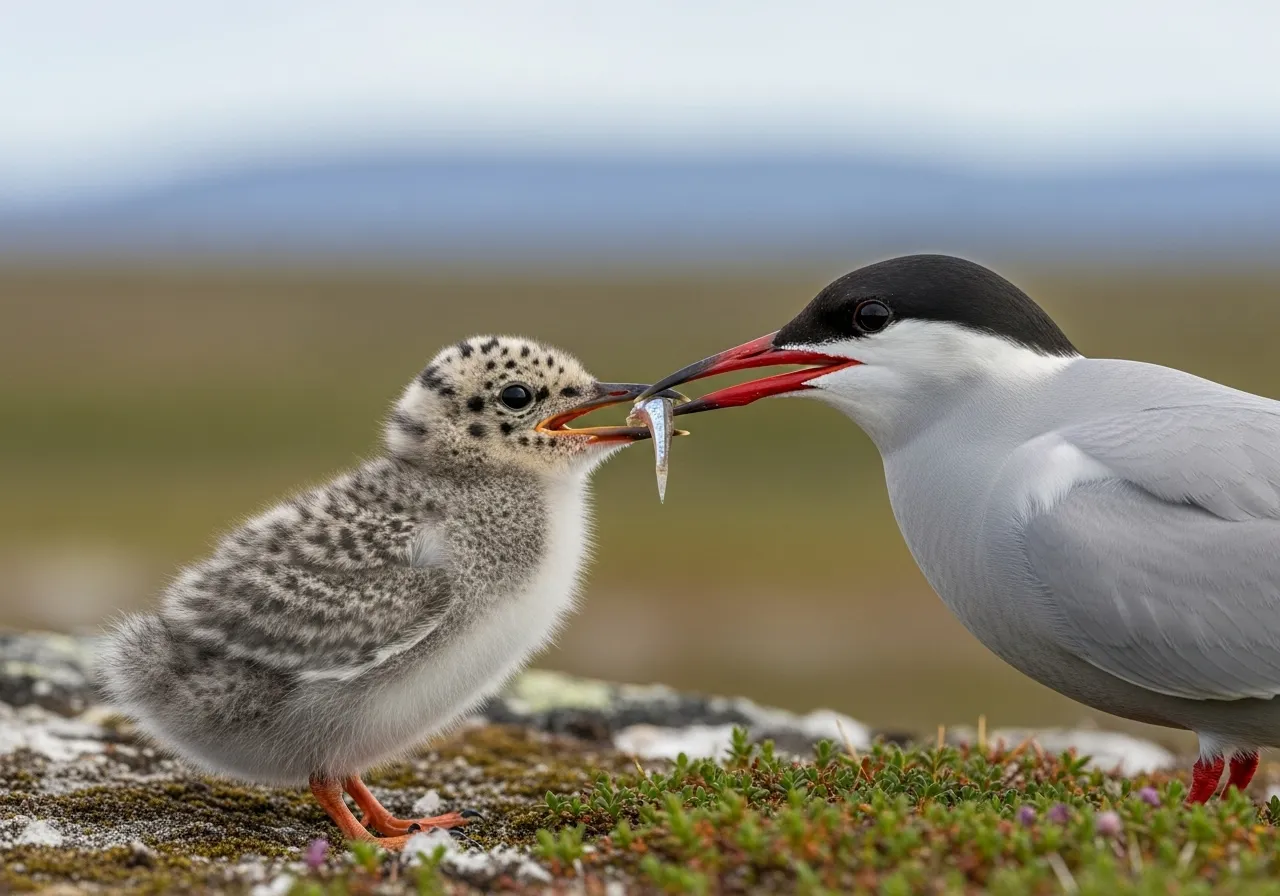
Frequently Asked Questions About Animal Migration
The topic of animal migration is vast and full of fascinating questions. Here are answers to a few common queries from curious observers.
What is the longest animal migration?
The title for the longest known migration belongs to the Arctic Tern. As mentioned earlier, its annual round trip from the Arctic to the Antarctic and back can exceed 50,000 miles (80,000 kilometers). This incredible feat of endurance allows it to experience two summers each year, maximizing its access to daylight for hunting small fish and crustaceans.
How do animals know where to go?
Animal navigation is a complex science and often involves multiple methods. It is a combination of instinct and learned behavior. Many animals have an internal “map and compass” system. The compass can be based on the sun’s position, the patterns of polarized light in the sky, stars for nocturnal migrants, or the Earth’s magnetic field. The “map” is more mysterious but may involve landmarks for some species or even a sense of smell, as seen in salmon. For some social animals, like certain geese or cranes, younger individuals learn the migration routes by following their elders.
Why is animal migration important for ecosystems?
Animal migration is a powerful ecological force. Migrating animals act as crucial links between different ecosystems. They transport nutrients across vast distances; for example, salmon bring marine nitrogen into freshwater forests, and migrating wildebeest fertilize the savanna with their dung. They also control populations. Grazers like wildebeest shape the vegetation of the plains, while the predators that follow them are also part of this dynamic. Migrating birds help with pollination and seed dispersal. When these migrations are disrupted, the effects can ripple throughout an entire food web, impacting the health and stability of multiple habitats.
A Note on Your Safety: This article is for educational purposes only. Always follow local laws, posted signage, and safety guidance from official sources. Never approach, handle, or attempt to rescue wildlife yourself. If you encounter an animal that appears to be in distress or poses a public safety risk, keep a safe distance and contact your local animal control, wildlife agency, or park rangers for assistance.
In conclusion, the migrations of the animal kingdom are some of the most inspiring stories our planet has to tell. They are tales of resilience, instinct, and the profound interconnectedness of life. By taking the time to learn about these journeys and observe them responsibly, we not only deepen our appreciation for nature but also become better advocates for its protection. The next time you see a flock of geese overhead or a butterfly fluttering by, take a moment to wonder where it has been and the incredible journey that still lies ahead. You can start today by exploring a local park to see what seasonal visitors have arrived or by contributing your sightings to a citizen science project like eBird.















